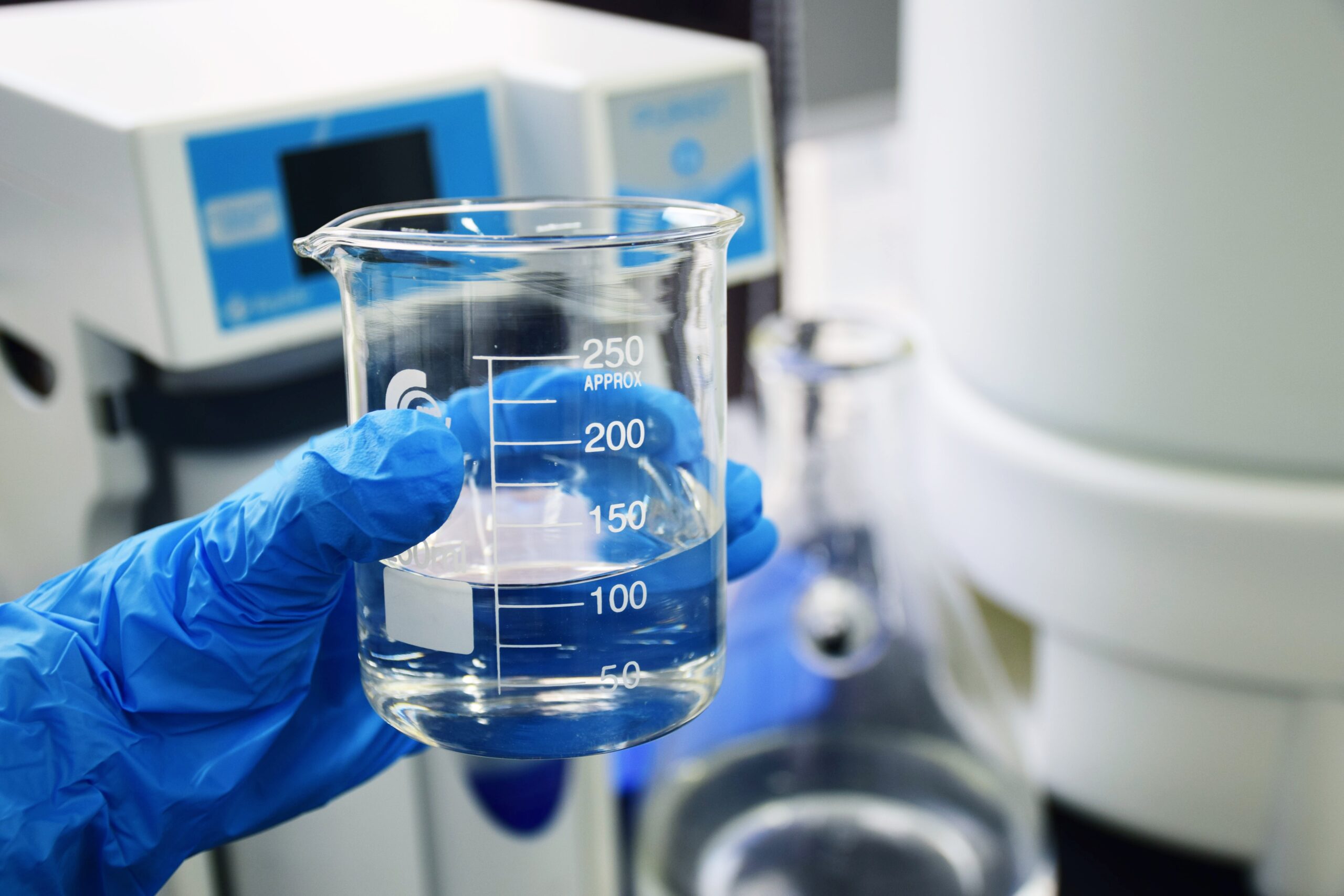Water is an essential resource for all living beings, and having access to clean and safe drinking water is crucial for our well-being. Unfortunately, not everyone has access to clean water, and many communities around the world face water scarcity or water contamination issues. Fortunately, advancements in water purifying technology are making it easier to provide clean and safe drinking water to everyone. In this article, we will explore the latest advancements in water purifying technology and how it can benefit communities in need.
One of the most exciting developments in water purifying technology is the use of nanotechnology. Nanotechnology involves using materials and particles at the nanoscale level to purify water. One of the most promising nanotechnology-based water purifiers is graphene oxide. Graphene oxide is a super-thin material that can filter out impurities, including bacteria and viruses, from water. It is highly efficient and cost-effective, making it an ideal solution for communities that lack access to clean water.
Another technology that is making waves in the water purifying industry is solar-powered water purifiers. These purifiers use solar energy to power the filtration process, which means they do not require electricity or fuel. This makes them ideal for remote communities that do not have access to a reliable power source. Solar-powered water purifiers are also eco-friendly, as they do not produce any harmful emissions.
Reverse osmosis (RO) is another popular technology used in water purification. RO works by forcing water through a semi-permeable membrane, which filters out impurities. RO is highly effective and can remove up to 99% of contaminants from water. It is commonly used in households and industries, and it is also used to purify seawater into drinking water.
Activated carbon filters are another popular technology used in water purification. These filters work by trapping impurities, including chlorine, pesticides, and heavy metals, in the carbon pores. Activated carbon filters are highly effective and can improve the taste and odor of water. They are commonly used in households and industries, and they are also used in portable water purifiers.
In addition to these technologies, there are also several emerging technologies that show great promise in water purification. For example, scientists are currently exploring the use of bacteria and fungi to purify water. These microorganisms can break down pollutants and toxins in water, making it safe to drink. Another emerging technology is the use of electrically charged membranes to filter out impurities from water. These membranes can selectively remove specific contaminants from water, making them highly efficient.
The benefits of water purifying technology are many. First and foremost, it helps to provide clean and safe drinking water to communities in need. This, in turn, can help to improve the health and well-being of people in these communities. Water purifying technology can also help to reduce the environmental impact of industrial processes, such as mining and manufacturing, by treating the wastewater generated by these processes. Additionally, it can help to reduce the use of plastic water bottles, which are a major source of pollution.
